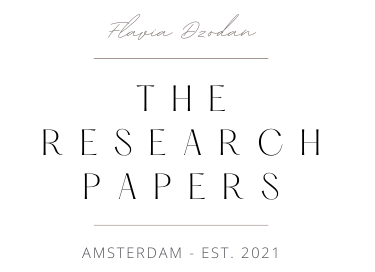Media Representations in Iranian TV
I just came across this article about the way women are represented in Iranian TV, A ‘Decent Woman’ Through The Lens Of Iran’s State TV. What I thought was interesting is how similar the representations are to those I have seen numerous times in Latin American soap operas.
Some examples of “a decent woman” as seen on the state television in Iran:
- A woman who chews gum is either a trafficker or a prostitute.
- A decent woman always wears a men’s shirt at home.
- A decent woman is a woman who in the morning emerges from another room (not the same room as her husband) and bids her husband good morning.
- A decent woman is a woman who wears clothing that is three or four sizes bigger than her actual size.
- A decent female anchor never reveals her first name.
- A decent woman only smiles at wedding parties; men are allowed to clap their hands a little.
- A decent married woman stays at home; if she’s single, she’s allowed to work.
- A decent woman is a woman who will marry the man she met in a car accident by the end of the soap opera.
- A decent woman doesn’t wear sunglasses, she has an Arabic name, if she’s over 40 she’s either washing the dishes or sewing a dress; a decent woman is never reading.
- A decent woman wears only black, gray, and brown.
- A decent woman is a woman who forgives her husband who has married a second wife by the end of the film.
I would contend that these are not representations in an Islamic state per se, but more portrayals of women in a traditionally patriarchal society. Actually, minus the “second wife” part, I could possibly match, item by item, the portrayals with those I’ve seen growing up, watching Argentinian, Colombian, Venezuelan or Mexican soap operas. In the case of the “second wife”, I guess we could replace it with “A decent woman is a woman who forgives her husband who has had a mistress for the past x number of years”. From what I’ve seen lately, Latin American soap operas have been moving away from these stereotypes and although media representations of women over there still leave a lot of room for improvement, I would say that, together with the advent of international mass media, they are slowly moving away from these stereotypes.
For the past decade and a half I have been making all my content available for free (and never behind a paywall) as an ongoing practice of ephemeral publishing. This site is no exception. If you wish to help offset my labor costs, you can donate on Paypal or you can subscribe to Patreon where I will not be putting my posts behind a lock but you'd be helping me continue making this work available for everyone. Thank you. Follow me on Twitter for new post updates.

